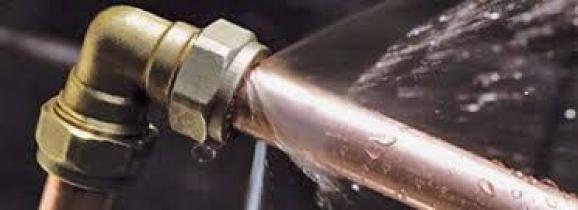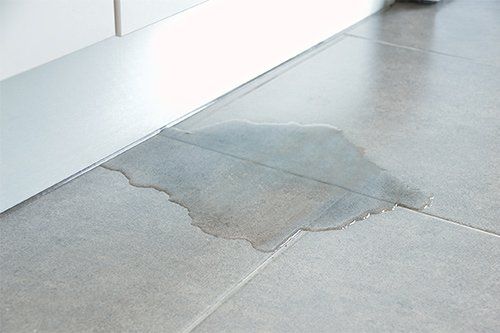We've uncovered the article relating to How to Find Water Leaks down the page on the net and believe it made good sense to share it with you on this site.

Leakages not just cause waste of water but can also trigger unneeded damages to your house and also advertise undesirable natural development. Water leakages might go unnoticed because many of the pipework in our home is concealed. By comprehending and also looking for day-to-day scenarios that create leakages, you can safeguard your home from future leakages as well as unnecessary damage. Today, we will look at six leak causes that may be creating your pipelines to drip.
Elbowing in origins
The majority of water leaks start outside the house as opposed to inside it. If you observe an abrupt reduction in water pressure, say in your tap, take time to head out and analyze your lawn. You could observe wet spots or sinkholes in your backyard, and that may suggest that tree origins are getting into water lines creating water to seep out. You can have your plumber check for invasion, particularly if you have trees or shrubs near your residential property.
Rusty water supply
As time passes by, your plumbing system ages and deterioration such as rust may begin gnawing the pipelines. This could be the reason for discoloration or warping on your pipes. This asks for an evaluation with your plumber quickly. If our plumbing system is old, take into consideration changing the pipelines considering that they are at a greater risk of rust than the newer models.
Defective Pipeline Joints
The point at which your pipelines connect is often the weakest link in the waterline. Pipe joints can wear away with time, causing water leakages. Unfortunately, the majority of pipe joints are not quickly noticeable. If you have noisy pipes that make ticking or banging noises, specifically when the warm water is turned on, your pipeline joints are most likely under a great deal of pressure. It is advisable to have your plumber evaluate your system once a year.
Instantaneous temperature changes.
Extreme temperature adjustments in our pipes can trigger them to expand and contract all of a sudden. This growth as well as tightening might create fractures in the pipelines, particularly if the temperature level are listed below freezing.
Poor Water Connectors
Sometimes, a leak can be triggered by loosened hoses and pipelines that supply your home appliances. Usually, changing is what triggers the loosened water Links. You could find in the case of a washing equipment, a hose may spring a leakage as a result of trembling during the spin cycle. In case of a water links leakage, you might observe water running directly from the supply line or puddles around your devices.
Blocked Drains
Obstructed drains could be aggravating and inconveniencing, however they can sometimes wind up causing an overflow causing burst pipelines. Keep eliminating any kind of materials that may go down your drains that could obstruct them to stay clear of such troubles.
All the above are reasons for leakages yet not all water leaks result from plumbing leaks; some leaks may come from roofing leakages. All leaks must be fixed promptly to stay clear of water damages.
Leakages not just trigger waste of water however can also cause unneeded damage to your home and also promote unwanted organic growth. By looking and also comprehending for everyday circumstances that create leaks, you can shield your home from future leakages and also unnecessary damages. Today, we will look at 6 leakage triggers that might be causing your pipelines to drip.
At times, a leak can be created by loose pipes and pipes that supply your devices. In case of a water connections leak, you may observe water running straight from the supply line or puddles around your devices.
How To Check For Water Leak In Your Home
How To Check for Leaks
The average household's leaks can account for nearly 10,000 gallons of water wasted every year and ten percent of homes have leaks that waste 90 gallons or more per day. Common types of leaks found in the home are worn toilet flappers, dripping faucets, and other leaking valves. These types of leaks are often easy to fix, requiring only a few tools and hardware that can pay for themselves in water savings. Fixing easily corrected household water leaks can save homeowners about 10 percent on their water bills.
To check for leaks in your home, you first need to determine whether you're wasting water and then identify the source of the leak. Here are some tips for finding leaks:
Take a look at your water usage during a colder month, such as January or February. If a family of four exceeds 12,000 gallons per month, there are serious leaks.
Check your water meter before and after a two-hour period when no water is being used. If the meter changes at all, you probably have a leak.
Identify toilet leaks by placing a drop of food coloring in the toilet tank. If any color shows up in the bowl after 10 minutes, you have a leak. (Be sure to flush immediately after the experiment to avoid staining the tank.)
Examine faucet gaskets and pipe fittings for any water on the outside of the pipe to check for surface leaks.
Undetected water leaks can happen without the home or business owner even realizing. If you suspect a water leak, but not able to find the source. It is time to contact a professional water leak detection service, The Leak Doctor.
How To Find a Water Leak In Your Home
https://www.leakdoctor.com/blog/How-To-Check-For-Water-Leak-In-Your-Home_AE197.html

As a devoted person who reads on How to Find Water Leaks, I was thinking sharing that piece of content was worthwhile. I beg you take a moment to share this page if you enjoyed it. Thanks for your time. Visit again soon.
Expertise on line!